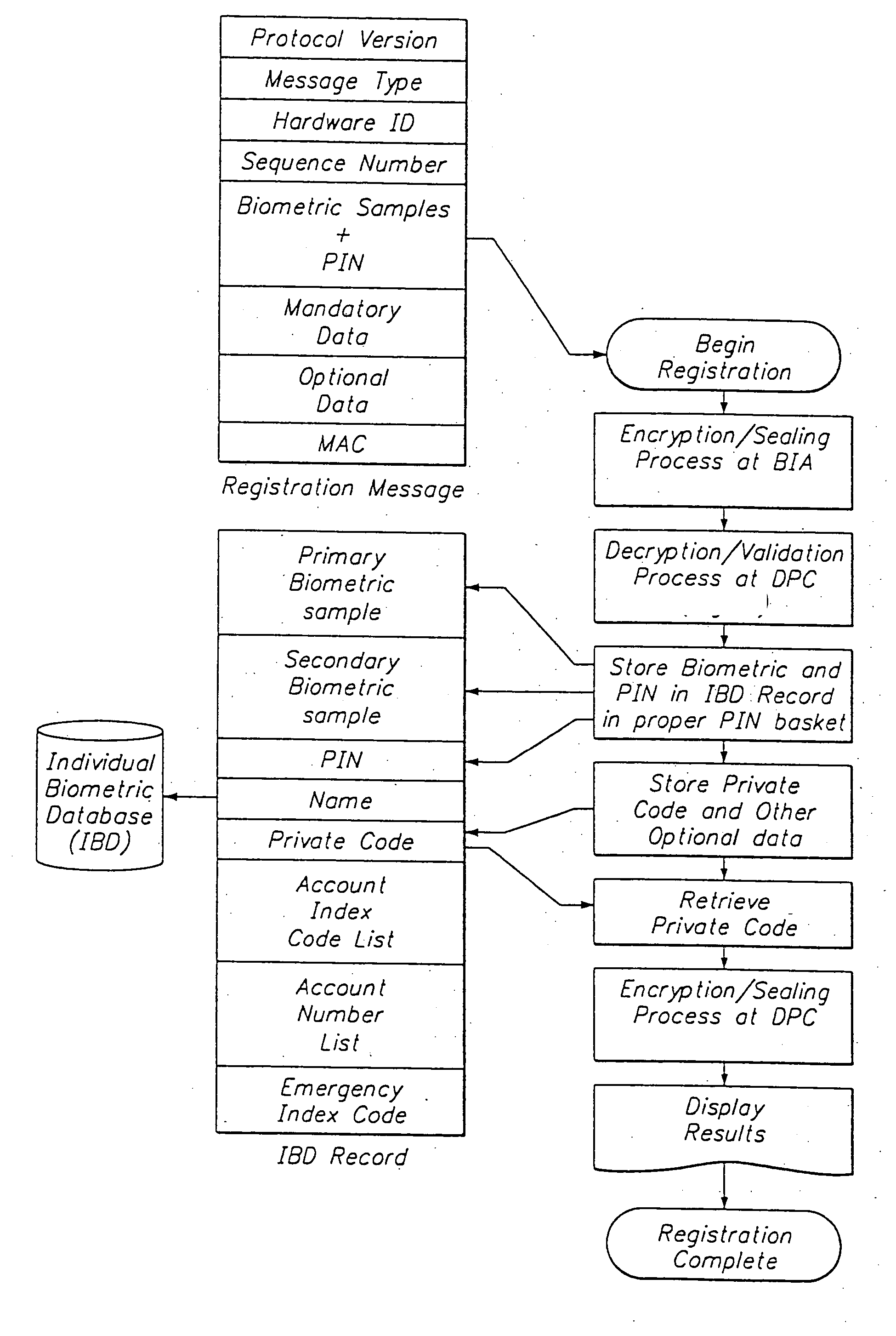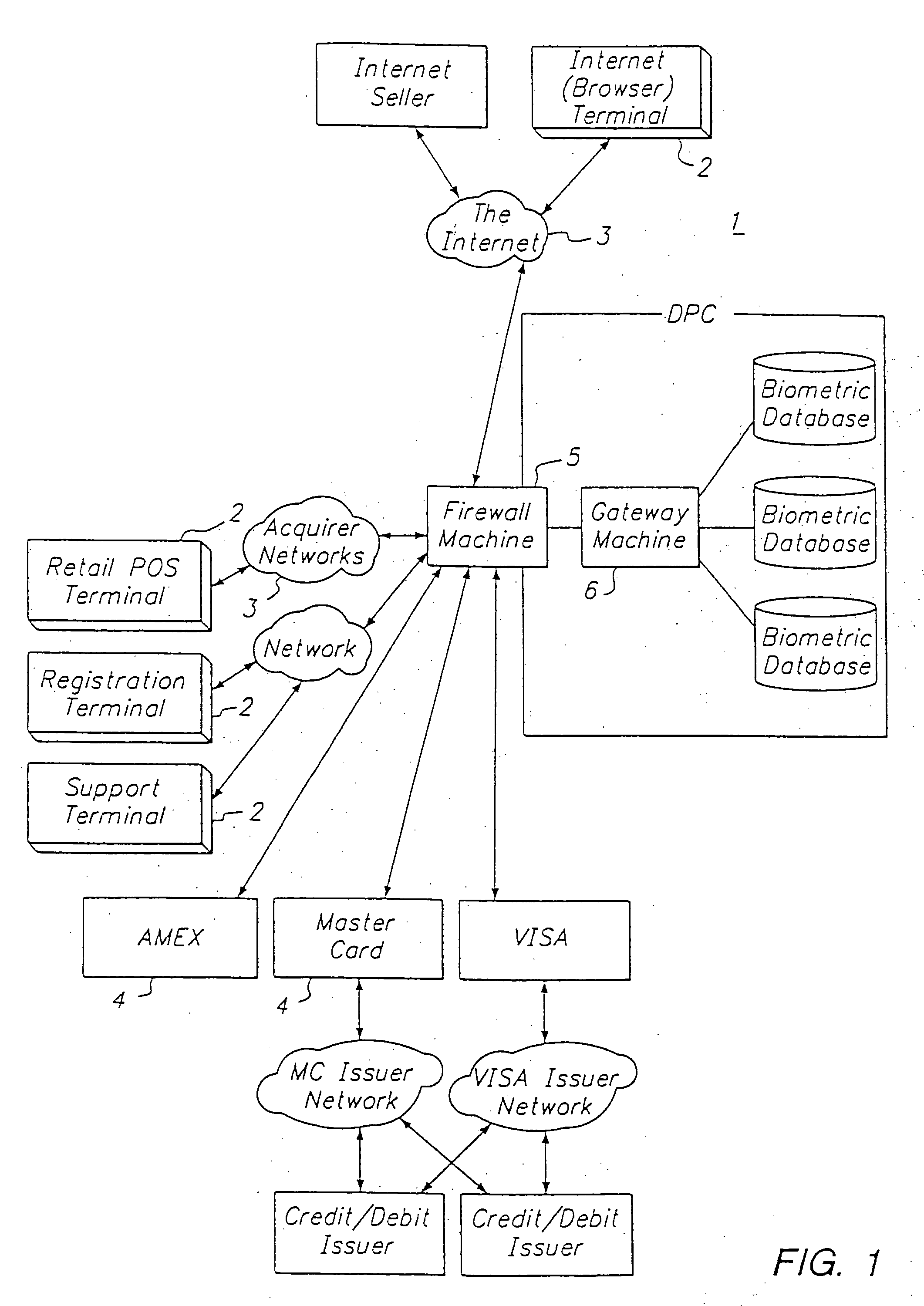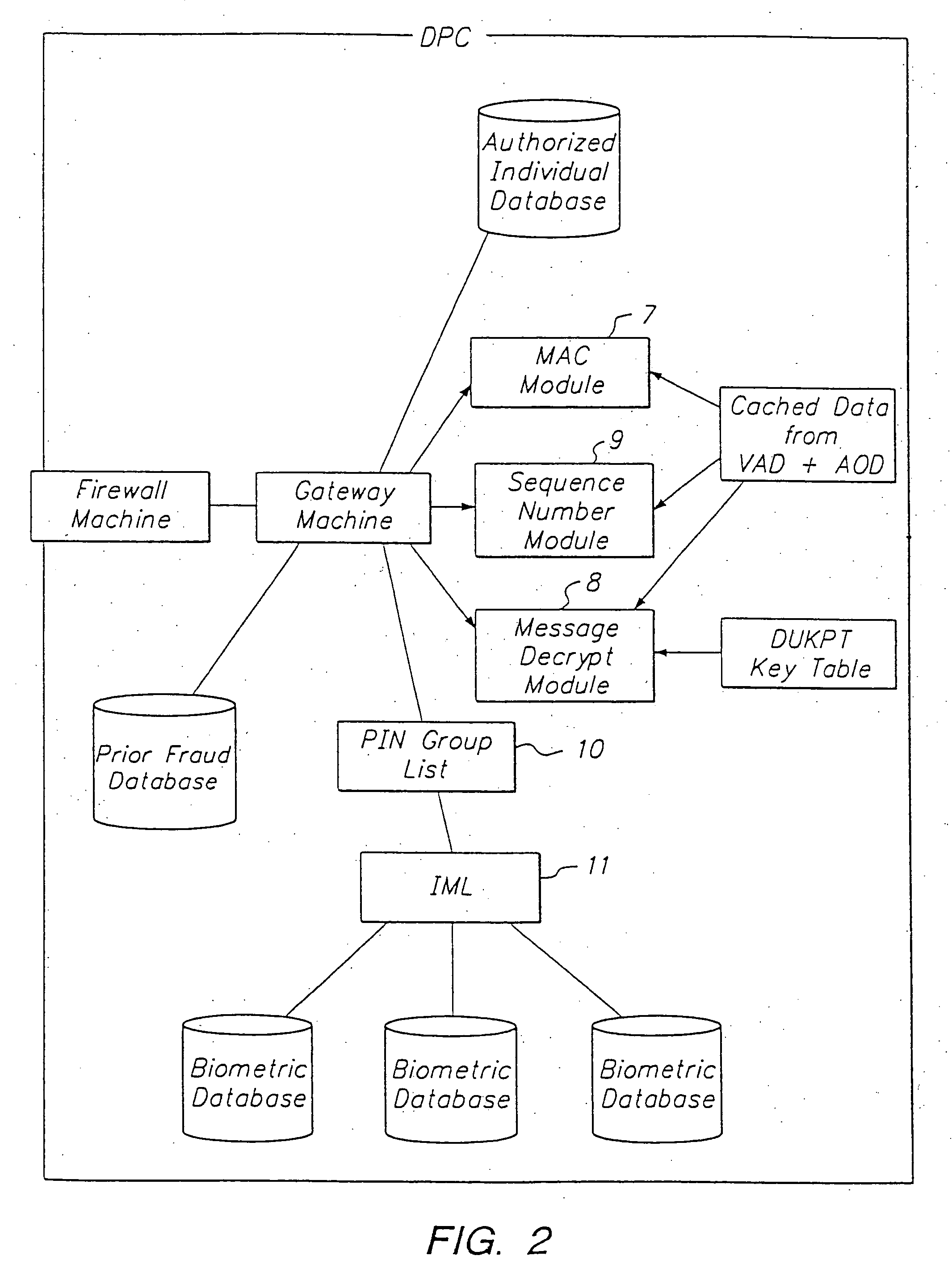Currently, fraud losses in the industry stem from many different areas, but they are mainly due to either lost, stolen, or counterfeit cards.
This means that a lost
credit card can easily be turned into cash if the card falls into the wrong hands.
While theft of a token constitutes the majority of fraud in the system, fraud from counterfeit credit cards is rising rapidly.
Another form of loss is caused by a criminal seller or his employees who surreptitiously obtains the cardholder's account number and enter fictitious transactions against the card and then take cash out of the till.
It is estimated that losses due to all types of fraud exceeds one billion dollars annually.
Furthermore, successfully counterfeiting a
debit card is more difficult than with a
credit card, since the criminal must acquire not only the account number, but also the PIN, and then manufacture the card as in the credit card example.
However, various strategies have been used to obtain PINs from unwary cardholders; these range from
Trojan horse automated teller machines (ATMs) in shopping malls that dispense cash but
record the PIN, to fraudulent seller
point of sale devices that also
record the PIN, to criminals with
binoculars that watch cardholders enter PINs at ATMs.
Customer fraud, for both credit and debit cards, is also on the rise.
Customers intent on this sort of fraud will claim that they lost their card, say that their PIN was written on the card, and then withdraw money from their account using card, and then refuse to be responsible for the loss.
However, the linkage between the buyer and his token is tenuous, and that is the fundamental reason behind card fraud today
This will raise the administrative costs for each card, since cardholders will undoubtedly wish to select their own PIN for each of their 3.4 cards.
In addition, this solution still doesn't address the problem of counterfeit cards.
However, because the
biometrics are generally stored in electronic (and thus reproducible) form on a token and because the comparison and
verification process is not isolated from the hardware and
software directly used by the buyer attempting access, a
significant risk of fraud still exists.
Although Gullman's reliance of comparison
biometrics reduces the risk of unauthorized access as compared to PIN codes, Gullman's use of the token as the repository for the authenticating data combined with Gullman's failure to isolate the identity
verification process from the possibility of tampering greatly diminishes any improvement to fraud resistance resulting from the replacement of a numeric code with a biometric.
Further, the system remains inconvenient to the
consumer because it too requires the presentation of a token in order to authorize a transaction.
Unfortunately, any smartcard-based system will cost significantly more than the current
magnetic stripe card systems currently in place.
Given the number of functions that the smartcard will be performing, the loss or damage of this monster card will be excruciatingly inconvenient for the cardholder.
Being without such a card will financially incapacitate the cardholder until it is replaced.
Additionally, losing a card full of
electronic cash will also result in a real financial loss as well.
Thus, after spending vast sums of money, the resulting system will definitely be more secure, but will result in heavier and heavier penalties on the consumer for destruction or loss of the card.
This will result in a dramatic decrease in fraud, as only the buyer can authorize a transaction.
All parties intent on fighting fraud recognize that any system that solves the fraud problem must take the issue of convenience into account, however the fundamental yet unrecognized truth of the situation is, the card itself can be very inconvenient for the consumer.
This may not be initially obvious, but anyone who has lost, left at home, or had a card stolen knows well the keenly and immediately-felt inconvenience during the card's absence.
 Login to View More
Login to View More  Login to View More
Login to View More 


